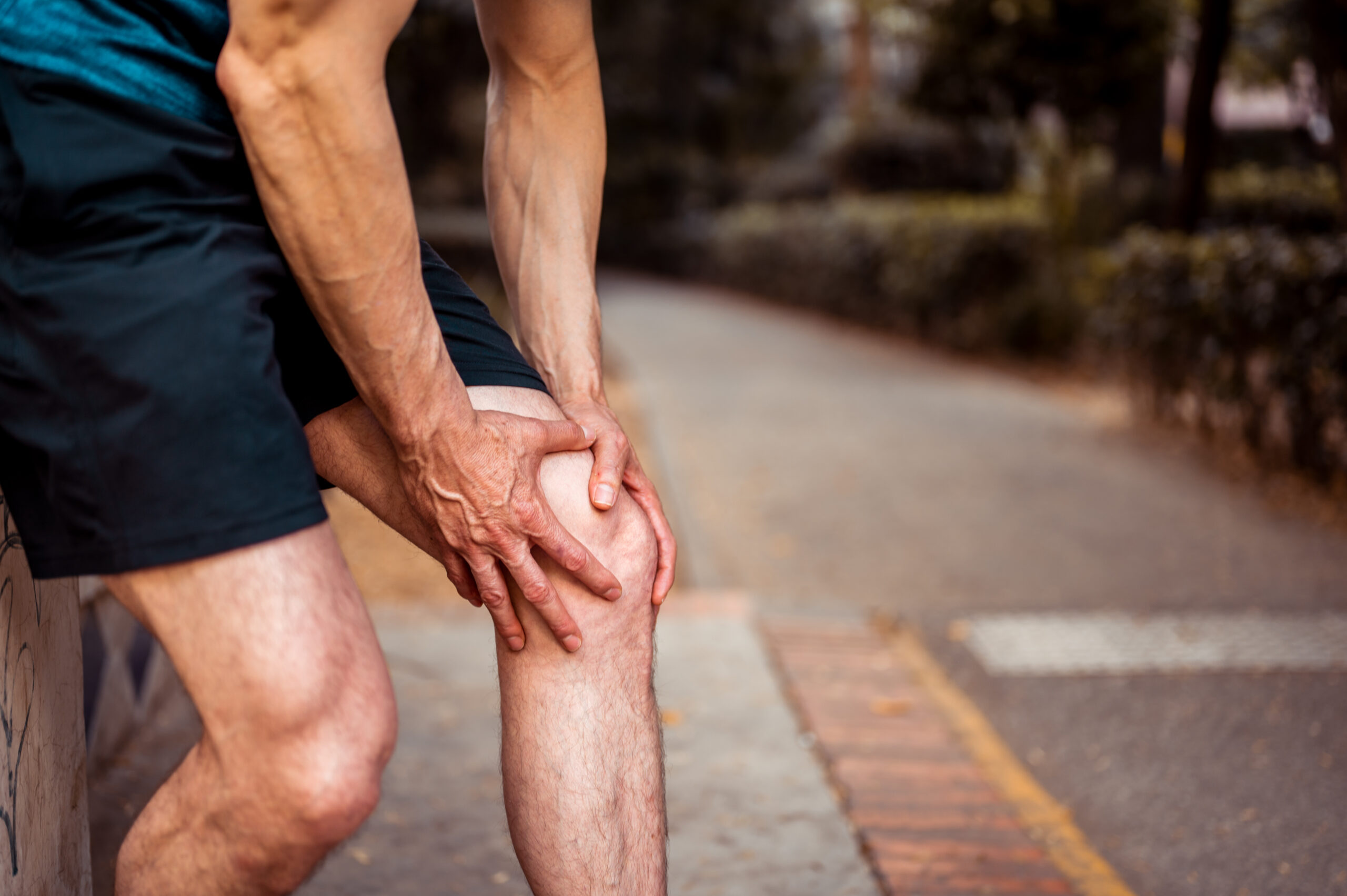Chiropractic Techniques for Alleviating Runner's Knee Pain
Runner’s knee, also known as patellofemoral pain syndrome, is a common condition experienced by runners and athletes alike. It is characterized by pain around or behind the kneecap, often worsened by prolonged running, climbing stairs, or squatting. Though there are various treatment options for runner’s knee, chiropractic care has gained popularity for its non-invasive and drug-free approach. This article will discuss how chiropractic techniques can effectively treat runner’s knee and help athletes return to their optimal performance levels.
Chiropractic Adjustments
Chiropractic adjustments, or spinal manipulations, are the core of chiropractic care. They involve the use of controlled force to realign the spine and extremities, restoring joint mobility and relieving pain. For runner’s knee, chiropractors focus on the alignment of the pelvis, hip, knee, and ankle to ensure proper biomechanics during running. Misaligned joints can contribute to the development of patellofemoral pain syndrome by creating an uneven distribution of stress on the knee joint.
Soft Tissue Therapies
Soft tissue therapies, such as Active Release Technique (ART), are commonly used in conjunction with chiropractic adjustments to treat runner’s knee. These therapies involve the manual manipulation of soft tissues (muscles, ligaments, and tendons) to alleviate pain, reduce inflammation, and improve mobility. For runner’s knee, chiropractors may focus on the quadriceps, hamstrings, iliotibial band, and calf muscles, as these muscle groups play a vital role in knee stability.
Kinesiology Taping
Kinesiology taping is a non-invasive technique used to provide support and stability to joints and muscles while still allowing a full range of motion. The application of kinesiology tape on the affected knee can help alleviate pain and inflammation by lifting the skin and promoting better blood flow to the area. It also helps in correcting muscle imbalances, enhancing proprioception, and providing support to the knee joint.
Custom Orthotics
Misaligned foot mechanics can contribute to the development of runner’s knee. Custom orthotics are shoe inserts designed specifically for an individual’s foot structure, ensuring proper support and alignment of the foot, ankle, and knee during physical activity. Chiropractors can evaluate your foot mechanics and prescribe custom orthotics to correct any imbalances, improving overall biomechanics and reducing the risk of runner’s knee.
Rehabilitation Exercises
Chiropractors often recommend specific rehabilitation exercises to address muscle imbalances and strengthen the muscles supporting the knee joint. These exercises target the quadriceps, hamstrings, gluteal muscles, and calf muscles, which are essential for maintaining proper knee alignment and preventing injury.
Conclusion
Chiropractic care offers a comprehensive approach to treating runner’s knee, addressing the root cause of the problem rather than just managing the symptoms. With chiropractic adjustments, soft tissue therapies, kinesiology taping, custom orthotics, and rehabilitation exercises, chiropractors can effectively treat runner’s knee and help athletes return to their optimal performance levels. If you’re struggling with patellofemoral pain syndrome, consider consulting a chiropractor for a thorough evaluation and personalized treatment plan.
